Established in Japan in 1959
Originally the brake and brake fluid laboratory of MEIJI SANGYO COMPANY
In 1933 MEIJI SHOKAI, former of MEIJI SANGYO COMPANY was importing brake parts, and then started manufacturing them. With the motto "Quality First", the "Seiken" brand is famous for reliable products not only in Japan but also all over the world.
For more satisfaction of customers, Seiken is continuously researching, developing, and supplying products at a reasonable price. Some of the products produced by Seiken include Brake parts, Brake Bride, Coolant, Racing brake fluid, and Chemical products.
SEIKEN
PRODUCTS
Brake Master Cylinder
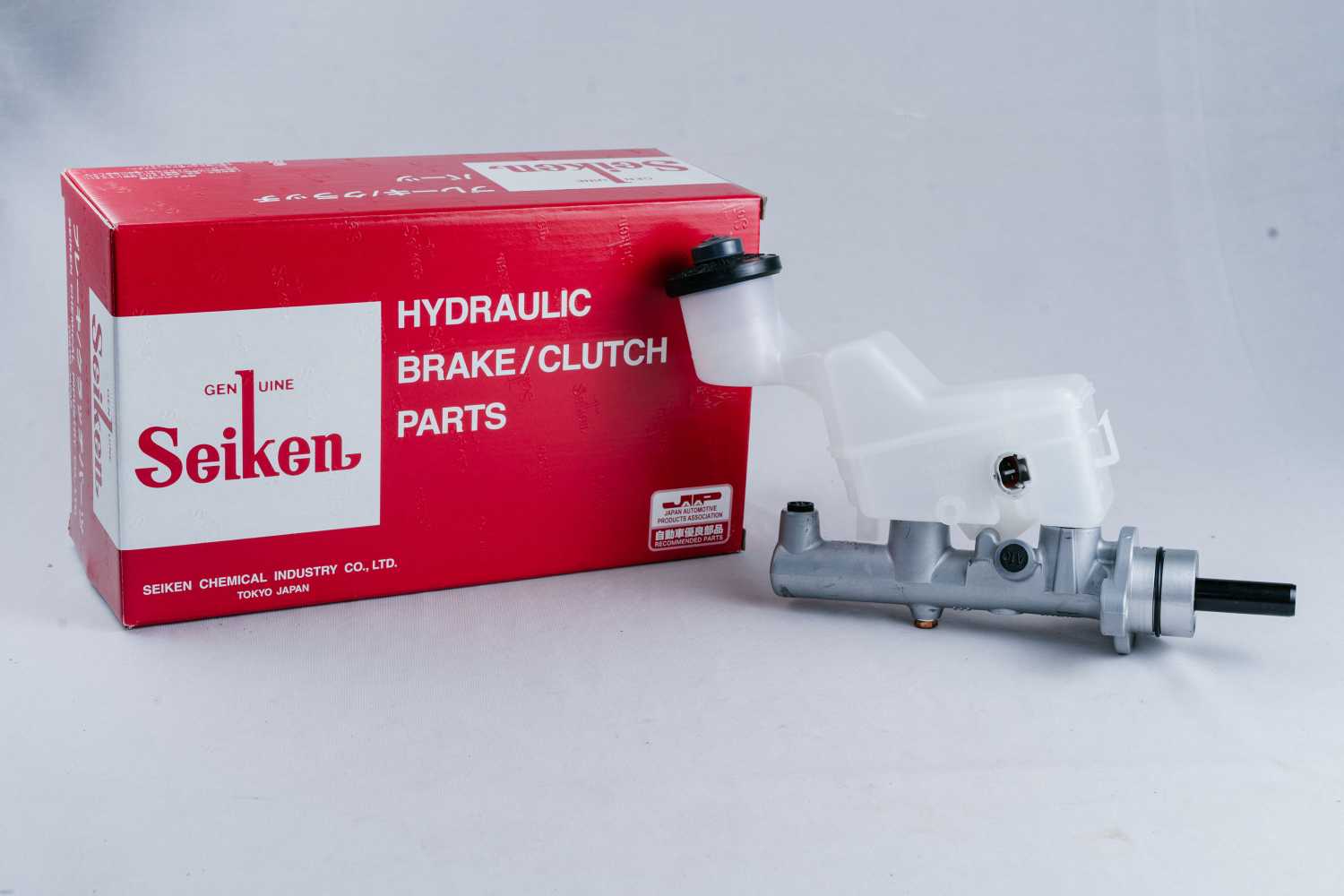
Brand : SEIKEN
Country Of Origin : Japan
The brake master cylinder, also known as the master cylinder, is a hydraulic pump. It feeds brake fluid into the brake circuit to convert the pressure on the brake pedal to the hydraulic pressure. The brake master cylinder is the first component in a vehicle’s braking system, activated by depressing the brake pedal. The pedal pushes a piston through this cylinder, forcing brake fluid through brake lines to slave cylinders at each wheel, which in turn drive the pistons that force friction material against the wheel hubs, stopping the wheel.
Clutch Master Repair Kit
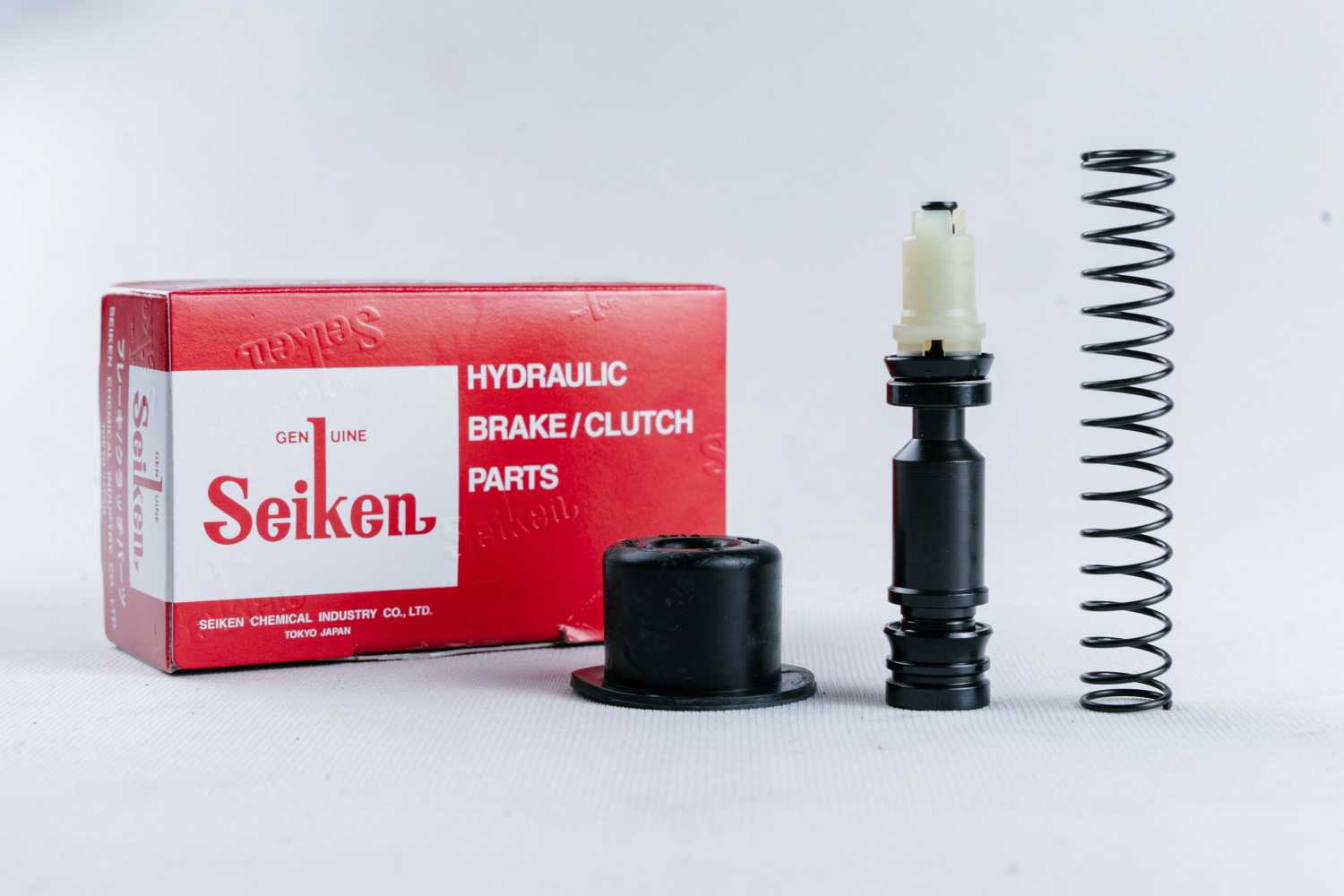
Brand : SEIKEN
Country Of Origin : Japan
It is risky to drive with a bad clutch master cylinder. Some of the symptoms of a bad clutch mastery cylinder are strange noises, shifting problems, low resistance in the clutch, clutch falls to the floor and dirty clutch fluid.
Clutch Master Cylinder
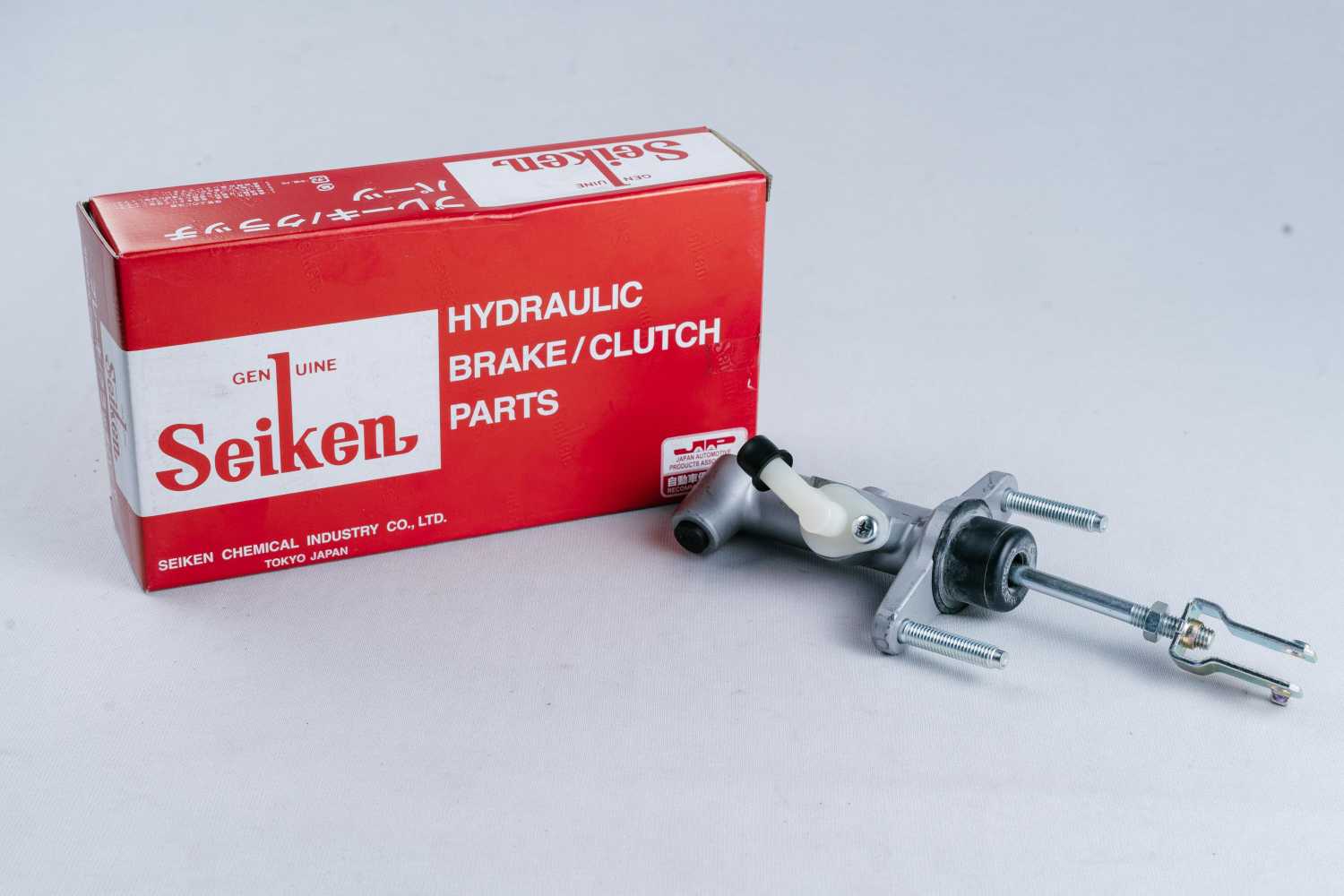
Brand : SEIKEN
Country Of Origin : Japan
A Clutch Master Cylinder exists in manual transmission vehicles. When the clutch pedal is depressed, the Clutch Master Cylinder pumps fluid to the clutch slave cylinder to aid in disengaging the clutch. Clutch Master Cylinders are prone to leaks that will affect the release of the fluid, and in turn, affect movements of the clutch pedal and gears.
Clutch Operating System Repair Kit

Brand : SEIKEN
Country Of Origin : Japan
Some Faulty Clutch Operating System failure symptoms are low brake fluid, leaking and abnormal clutch. Vehicle’s fluid reservoir can be the cause of multiple faulty clutch slave cylinder symptoms. Low fluid in the reservoir can make it difficult for the clutch slave cylinder to perform. A puddle may indicate a leak in either the slave clutch cylinder or the master clutch cylinder. Check both cylinders for any cracks and give the bottom part (the “boot”, as it’s sometimes referred to) a squeeze to help spot any cracks that can go unnoticed. A change in the clutch pedal is one of the best faulty clutch slave symptoms. If the pedal feels spongy, it may be an indication of a slave cylinder problem.
Drive Shaft Boot
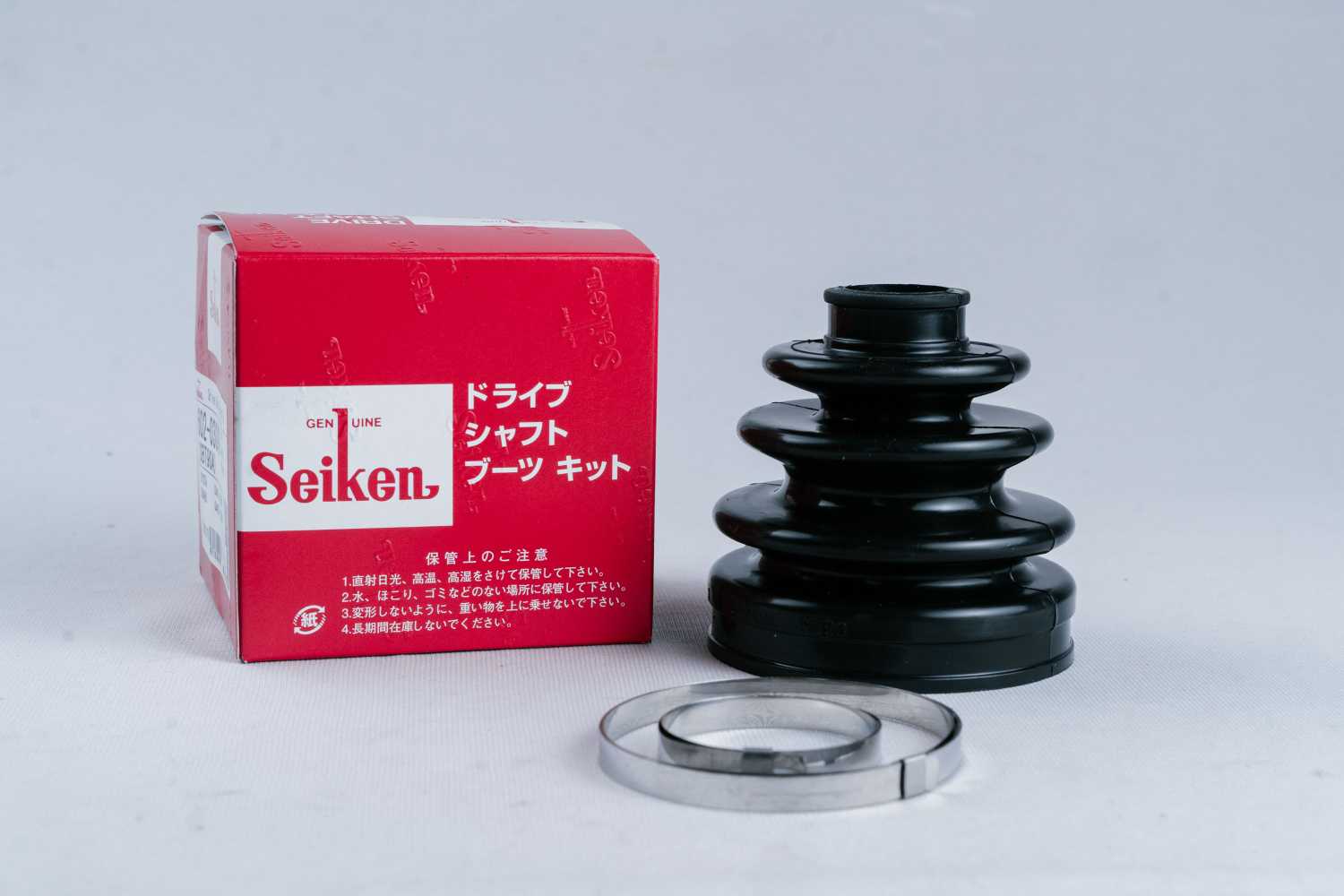
Brand : SEIKEN
Country Of Origin : Japan
Drive Shaft Boots are also known as CV Joint. The CV joints, or axles, are covered by a sealed plastic or rubber “boot”. The purpose of the boot is to keep dirt and moisture out. They also enclose the grease packed around the joint, which serves to lubricate the moving parts. As is the case with many of your vehicle’s parts, they can and will wear with time and mileage. The boot can disintegrate or crack over time, or get torn when running over an obstacle on or off the road. This allows moisture and dirt to get into the axle joint. If left too long, the lack of lubrication and corrosion will damage the CV joint.
Brake Cylinder Rubber Cup
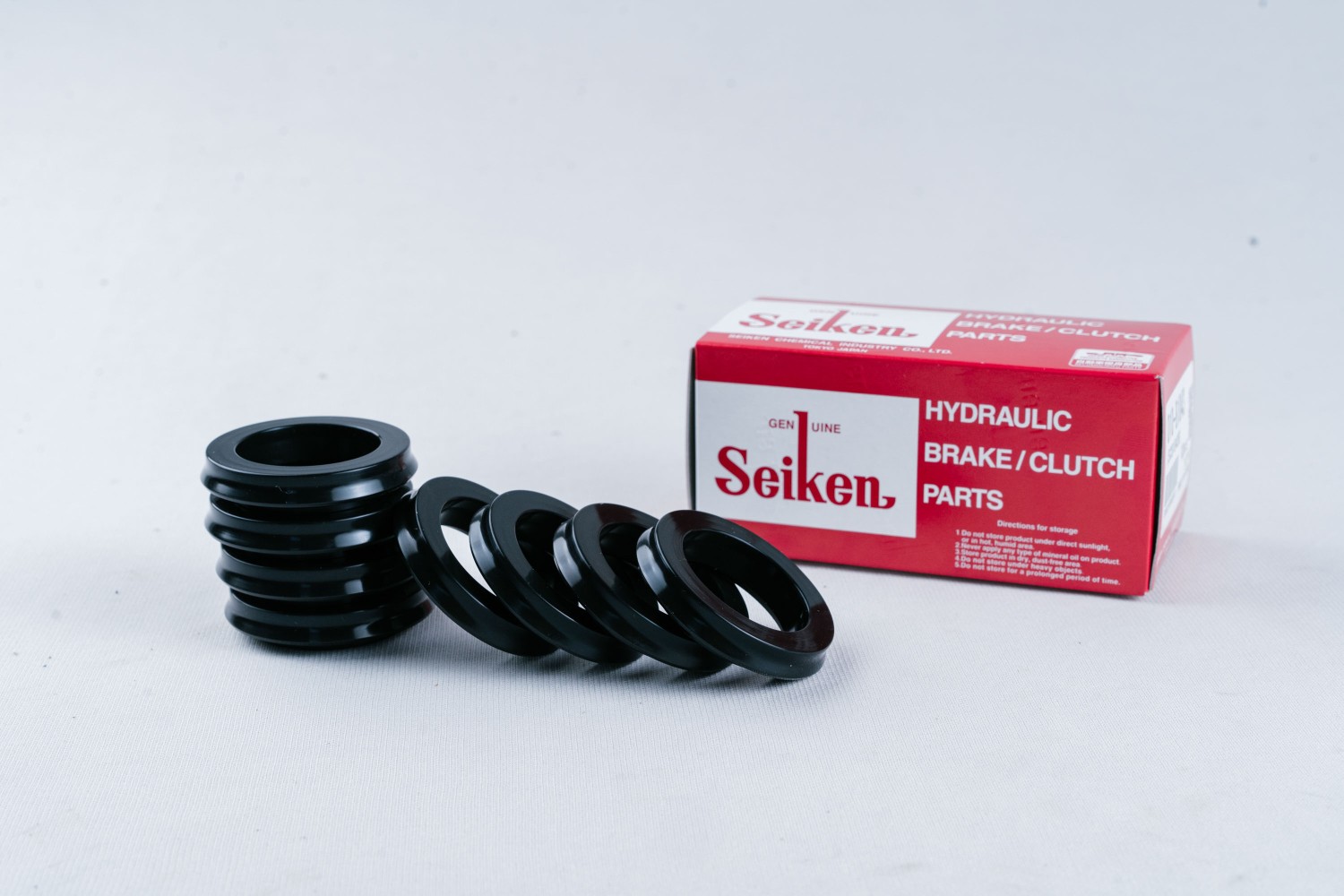
Brand : SEIKEN
Country Of Origin : Japan
Each of the two pistons inside a wheel cylinder have a cup-shaped rubber seal that faces inward. The seal is job is to hold pressure and prevent brake fluid from leaking past the piston



